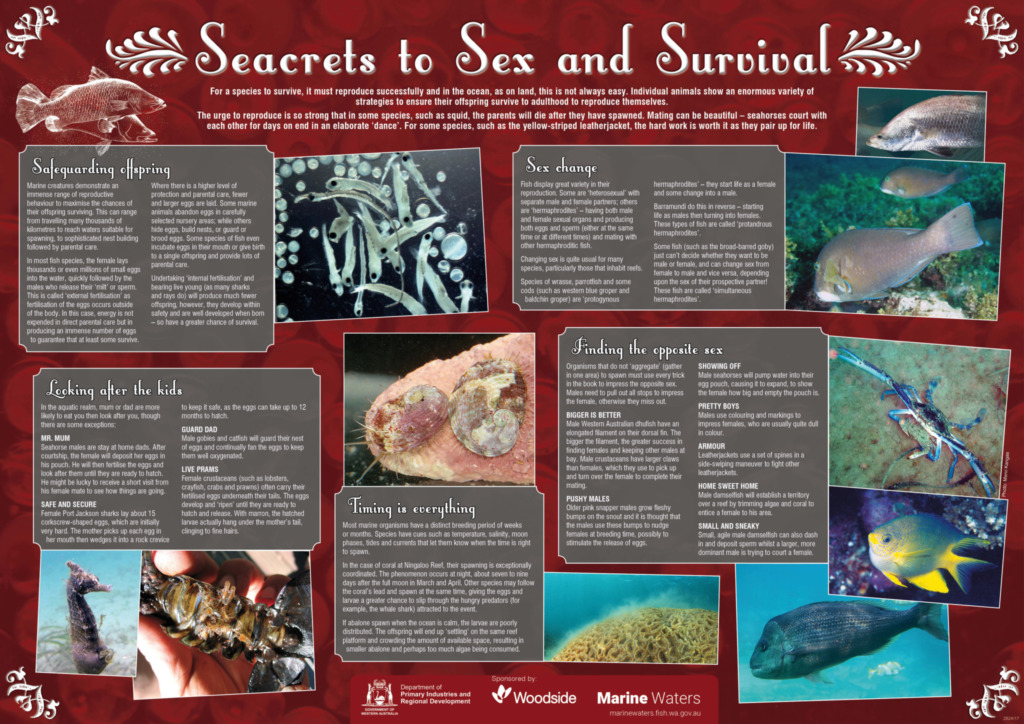Whilst you’re consuming all that chocolate, take a moment to stop and think about what the eggs actually mean. We have eggs, chicks and rabbits at Easter to represent new life. How does new life occur in the ocean though? Most fish species spawn eggs that are fertilised externally, typically with the male releasing sperm into the water after the female releases her eggs. You may also be familiar with annual coral spawning events that occur around the world. Similar to the Easter calendar, the timing of the coral spawning is linked to the lunar cycle. To coincide with the moon’s phases, the coral spawn at Ningaloo in the north west of the state, occurs approximately 7-10 days after the full moon in March and April.
Coral spawning is linked to the lunar cycle.
Many organisms in the ocean reproduce externally, meaning they release either sperm or eggs (or both in the case of hermaphrodites) into the water. Animals that reproduce in this way release large numbers of eggs and sperm to ensure that some survive. Other animals, such as some sharks and rays, reproduce via internal fertilisation and bear live young. These animals produce fewer offspring, however, have a greater chance of survival.
Use our Seacrets to Sex and Survival poster to find out more about how a range of marine animals reproduce, including sea horses, crustaceans and damselfish! Investigate the methods these animals use to ensure survival of their species, and what challenges do they face? Which animals use external fertilisation, and which use the internal method? Do sharks lay eggs, or give birth to live young? How do you attract a mate if you are a dhufish? Who gets the job of looking after the babies in the seahorse family?
We’d love to see pictures of your learning journey – share them with us either via email – marinewaters@fish.wa.gov.au, Facebook (@MarineWATERS) or Instagram (@marine.waters).

